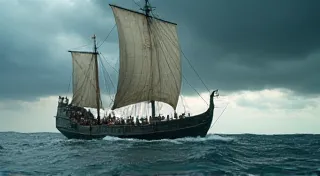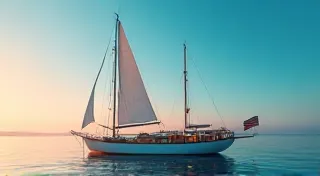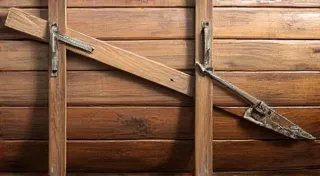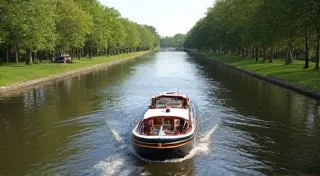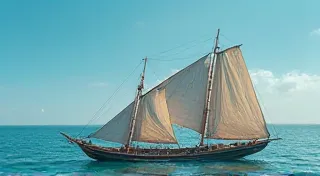Building a Dhow: Ancient Techniques from the Swahili Coast
The dhow, a distinctive sailing vessel, holds a profound significance for the cultures of the Swahili Coast – a stretch of coastline encompassing modern-day Kenya, Tanzania, Mozambique, and parts of Somalia and Oman. More than just a boat, the dhow represents centuries of trade, cultural exchange, and a deep connection to the Indian Ocean. Its construction is a complex and fascinating blend of traditional knowledge, inherited skills, and a profound respect for the materials involved. These maritime traditions echo across the globe; consider the ingenuity behind vessels like the Perahu Pinisi of Indonesia, showcasing similar dedication to craft and heritage.
The Significance of the Dhow
Historically, dhows were vital for trade, connecting the Swahili Coast to Arabia, India, and even as far as Madagascar and the islands of the Western Indian Ocean. They carried goods like spices, textiles, and slaves, facilitating economic and cultural interactions. The very name "Swahili" is derived from the Arabic word "Sawahil," meaning "coasts," reflecting this maritime heritage. The dhow’s role extended beyond trade; it was also essential for fishing, pilgrimage (Hajj), and coastal exploration. The design itself speaks to an intimate understanding of the ocean’s currents and prevailing winds. The careful planning and craftsmanship involved in creating a vessel capable of navigating such vast distances resonates with the legacy of other traditional maritime cultures – similar dedication can be observed in the construction of a Dutch Tjalk, a practical vessel designed for its own unique challenges.
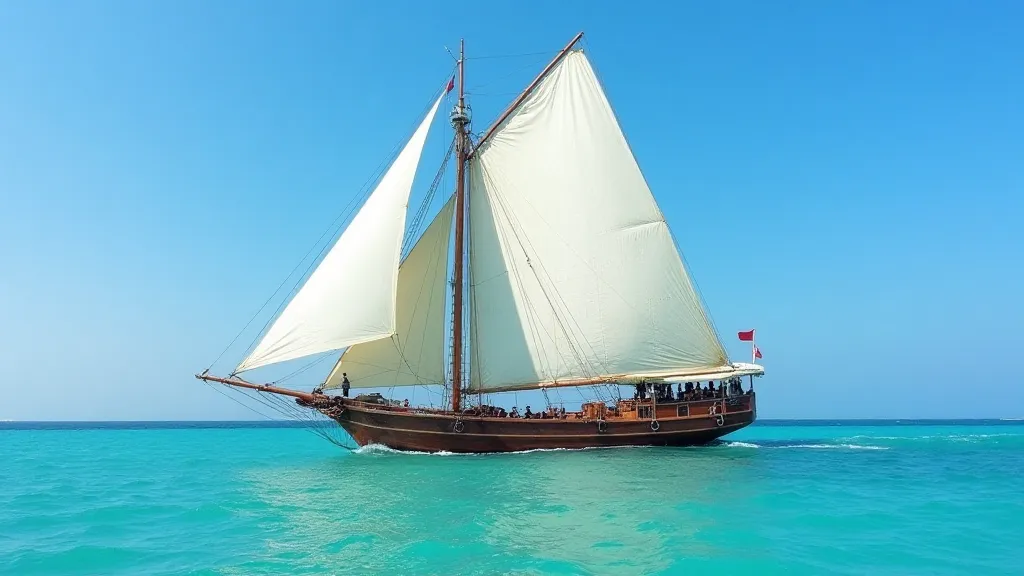
The Construction Process: A Family Affair
Building a dhow is rarely the work of a single individual; it’s typically a communal effort passed down through generations within specific family lineages. These lineages, often referred to as 'fundi,' possess specialized knowledge of different construction aspects – from selecting the timber to shaping the hull and rigging the sails. The complexity of the process, and the precise skillset involved, often mirrors the traditions found elsewhere; building a stable, seaworthy vessel requires a profound understanding of hydrodynamics and materials – a knowledge similarly apparent in the creation of a Felucca sailing along the Red Sea.
The process begins with the selection of timber. Traditionally, mangrove trees and other locally sourced hardwoods are used. The trees are felled during specific lunar phases, believed to influence the wood’s properties. The timber is then carefully seasoned for several years before construction begins. The intricacies of wood selection and preparation represent just one element of a sophisticated knowledge base found across many traditional boatbuilding cultures, including those building a Chinese Sampan.
Unlike modern boat building, dhow construction relies heavily on traditional hand tools – axes, adzes, chisels, and saws. No nails or screws are used; instead, the planks are tightly fitted together using carefully shaped pegs, often made from the same wood as the hull. The hull is typically clinker-built, meaning the planks overlap each other, providing strength and flexibility. The shape of the hull is crucial for stability and sailing performance, and each family lineage often has its own subtle variations in design. These subtle nuances in design – the carefully sculpted curves, the optimized angles – speak to a long and iterative process of refinement, a pursuit of efficiency and beauty that is common to traditional boatbuilding across the world.
Unique Techniques and Materials
One remarkable feature of dhow construction is the use of coconut fiber for caulking the seams. The fiber is meticulously twisted and worked into the gaps between the planks, creating a watertight seal. This organic sealant is a testament to the ingenuity of traditional builders and their understanding of natural materials. The sustainable and resourceful use of natural resources reflects a deep respect for the environment, a philosophy that is increasingly relevant in modern boatbuilding. Imagine the care and precision required – it’s a testament to a holistic understanding of the materials and the marine environment.
The sails, traditionally made from cotton woven locally, are also a significant element of the dhow's design. The cut and shape of the sail are carefully calculated to maximize efficiency and maneuverability. The skill involved in crafting sails, adjusting their shape to harness the wind’s power, represents a deep understanding of aerodynamics and a mastery of textile arts.
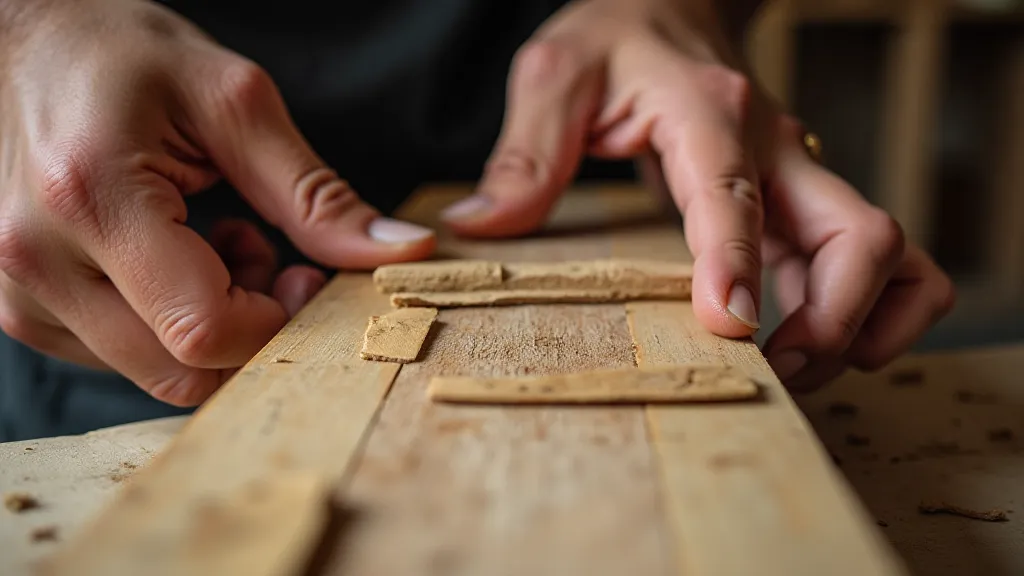
The Intangible Heritage: More Than Just a Boat
The dhow isn’t simply a vessel for transport or trade; it embodies a complex system of knowledge, skills, and cultural values. The entire process of building a dhow is a living expression of the Swahili Coast’s cultural identity. Each stage – from selecting the timber and shaping the planks to weaving the sails and launching the finished vessel – is imbued with meaning and tradition. The passing down of this knowledge from one generation to the next is an act of cultural preservation, ensuring that the spirit of the Swahili Coast lives on.
Challenges to Preservation and Future Directions
In recent decades, the traditional art of dhow building has faced significant challenges. The availability of timber has diminished due to deforestation, driven by population growth and the demand for other resources. The rise of modern shipbuilding methods, with their use of mass-produced components and industrial processes, has also led to a decline in the number of skilled artisans willing to dedicate themselves to the labor-intensive and time-consuming art of traditional dhow construction. The lure of faster, cheaper construction techniques has understandably impacted the younger generations. However, the recognition of the vital importance of preserving this cultural heritage is growing.
There are now a number of initiatives underway aimed at ensuring the survival of the dhow-building tradition. These include providing training for younger generations, promoting sustainable forestry practices, and raising awareness of the cultural and historical significance of the dhow. Efforts are also being made to develop markets for traditionally built dhows, both for local use and for export. The challenge lies in balancing the need for economic viability with the preservation of traditional techniques. It’s a delicate balance, requiring commitment and innovation.
The Global Context: Shared Maritime Cultures
The challenges facing dhow builders on the Swahili Coast are not unique. Across the globe, traditional boatbuilding cultures are grappling with similar pressures – the loss of traditional materials, the decline in skilled artisans, and the encroachment of modern technologies. The fate of the dhow is intertwined with the fate of these other maritime traditions. Strengthening these links – fostering collaboration and sharing knowledge – is crucial for ensuring the survival of these valuable cultural assets. Learning from other cultures, seeing how they’ve adapted and innovated, can offer valuable insights and inspiration.
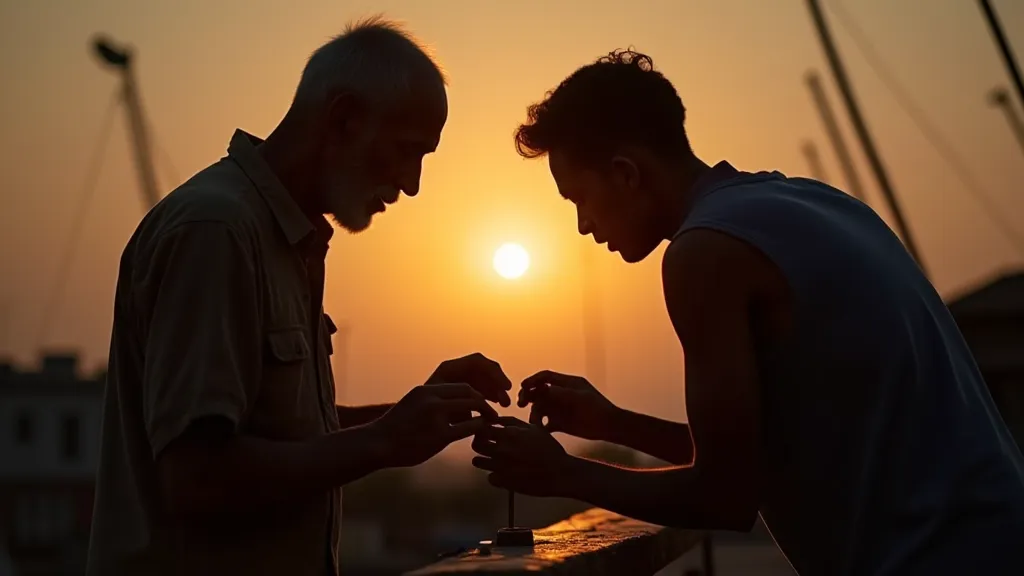
Beyond Transportation: The Dhow as a Symbol
The dhow represents far more than a means of transportation; it is a living embodiment of the Swahili Coast’s rich maritime history and the enduring strength of its cultural heritage. Its graceful lines, its elegant sails, and its deep connection to the Indian Ocean evoke a sense of timelessness and beauty. The silhouette of a dhow sailing on the horizon is a powerful symbol of identity and pride for the people of the Swahili Coast. It speaks of resilience, ingenuity, and a deep connection to the sea.
Supporting these efforts to preserve the tradition ensures that the graceful silhouette of the dhow continues to grace the Indian Ocean for generations to come. It’s a reminder of our shared maritime heritage, a testament to the enduring power of human ingenuity, and a call to action to protect the cultural treasures that enrich our world. The story of the dhow is a story of human adaptation, cultural exchange, and the enduring power of the sea.
